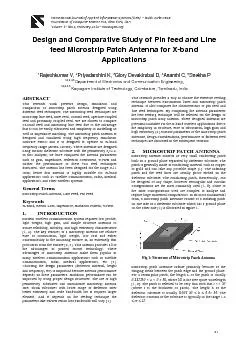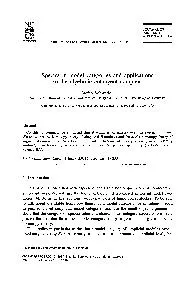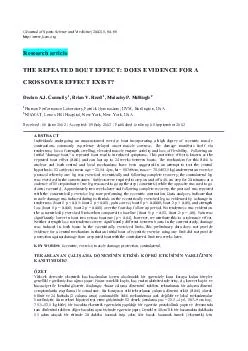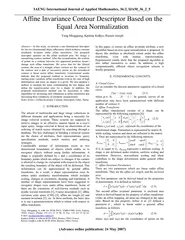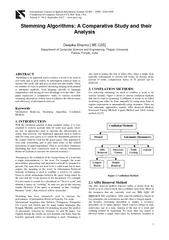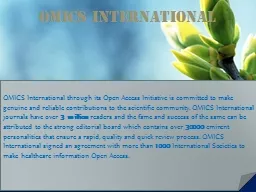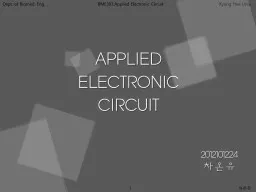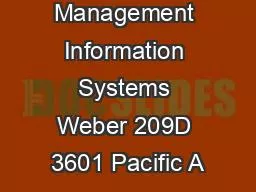PDF-International Journal of Applied Information Systems (IJAIS)
Author : tawny-fly | Published Date : 2015-08-26
x2013 ISSN 2249 0868 Foundation of Computer Sci ence FCS New York USA Volume 1 x2013 No 5 F e b r uary 2012 x2013 wwwijaisorg 21 Design and C omparative Stu dy
Presentation Embed Code
Download Presentation
Download Presentation The PPT/PDF document "International Journal of Applied Informa..." is the property of its rightful owner. Permission is granted to download and print the materials on this website for personal, non-commercial use only, and to display it on your personal computer provided you do not modify the materials and that you retain all copyright notices contained in the materials. By downloading content from our website, you accept the terms of this agreement.
International Journal of Applied Information Systems (IJAIS): Transcript
Download Rules Of Document
"International Journal of Applied Information Systems (IJAIS)"The content belongs to its owner. You may download and print it for personal use, without modification, and keep all copyright notices. By downloading, you agree to these terms.
Related Documents

